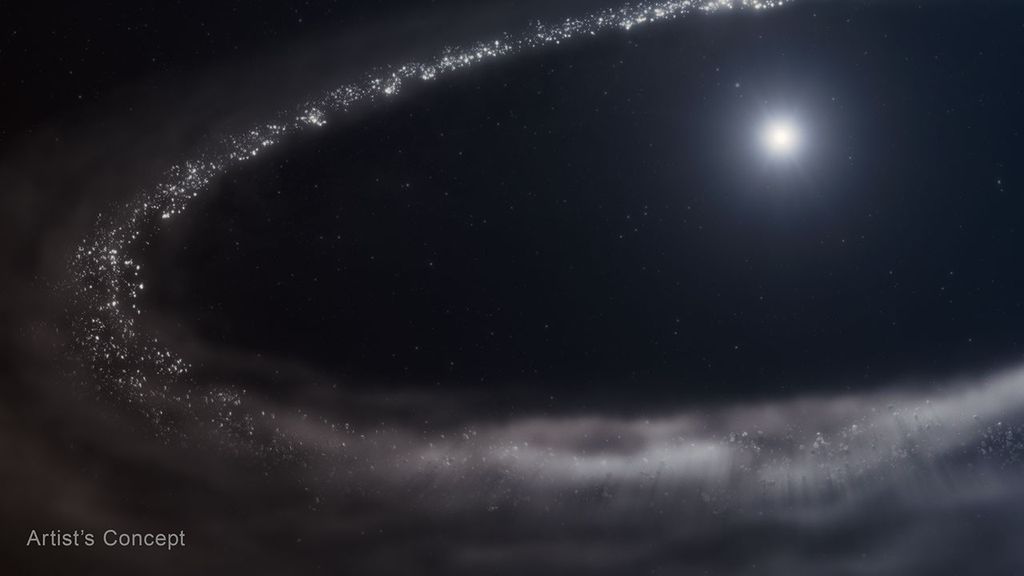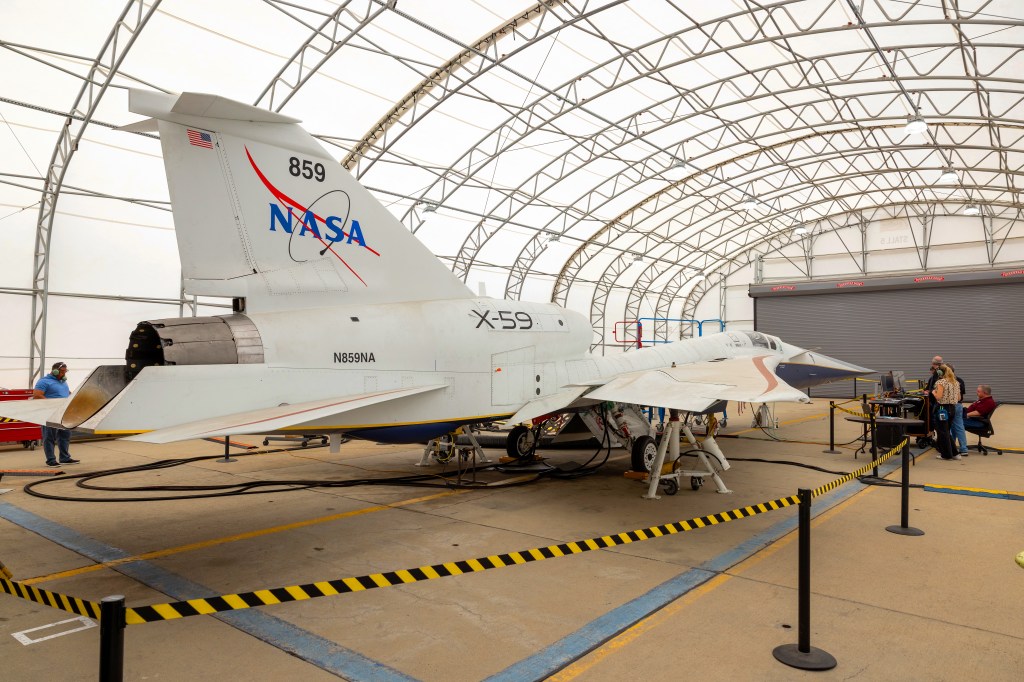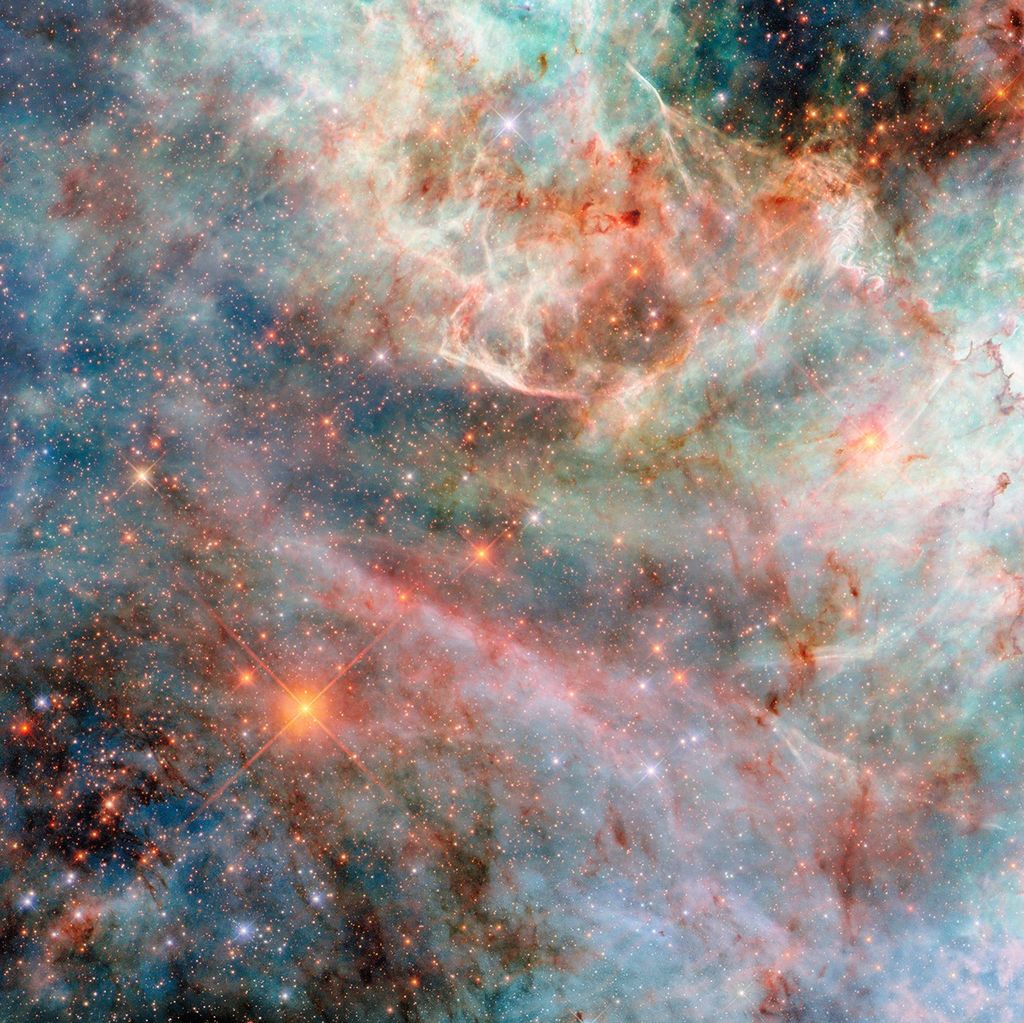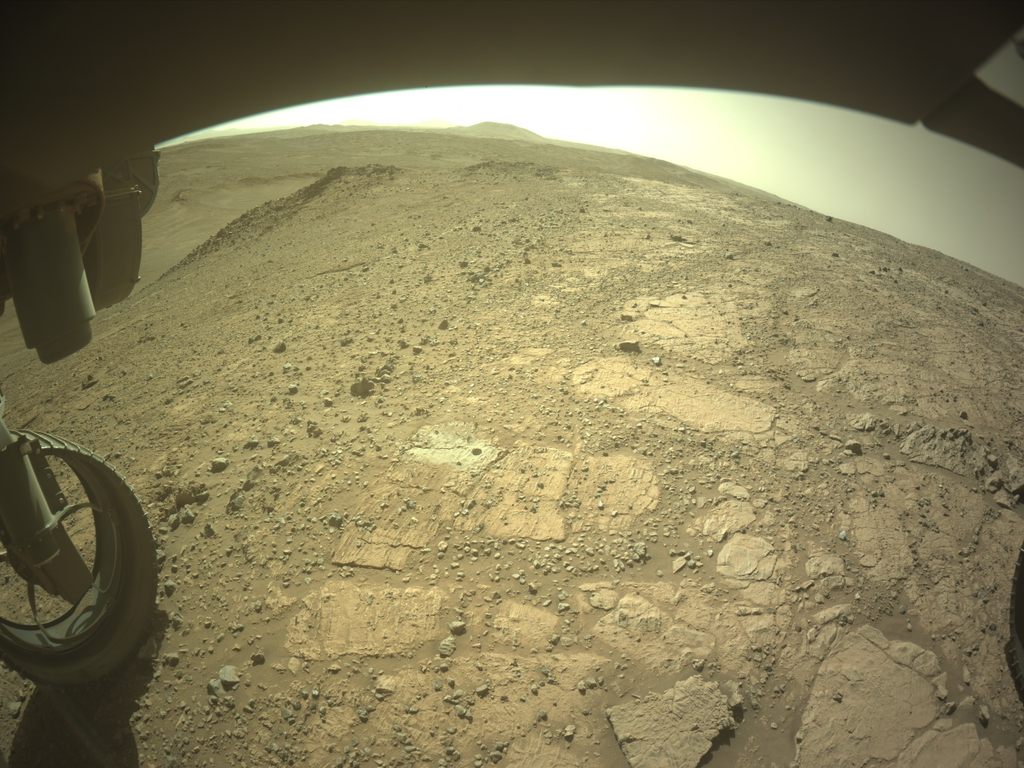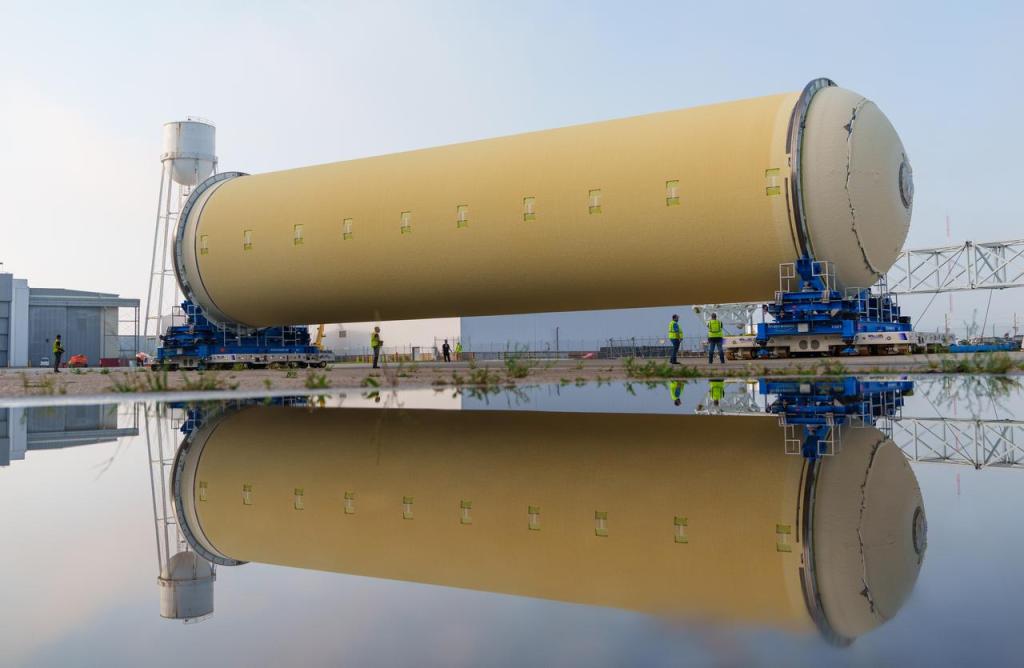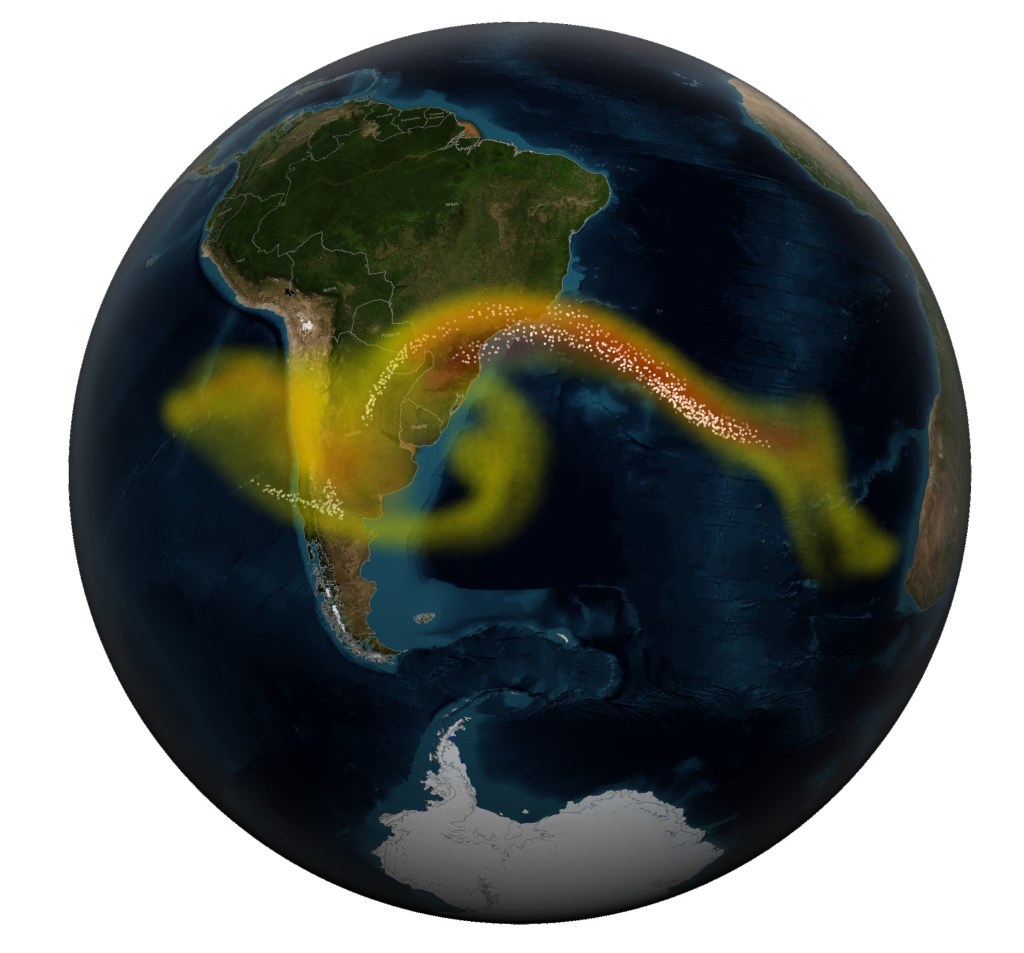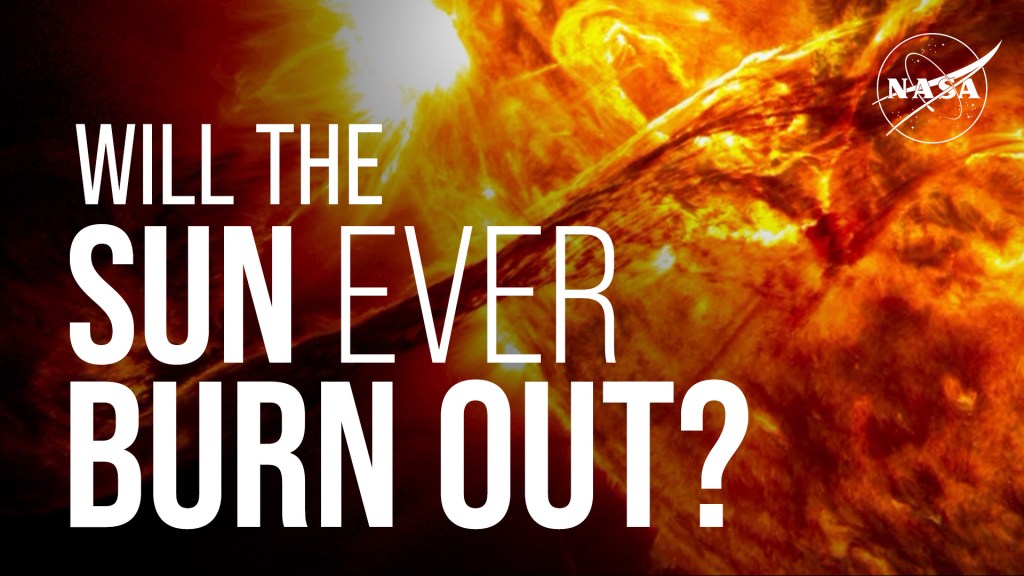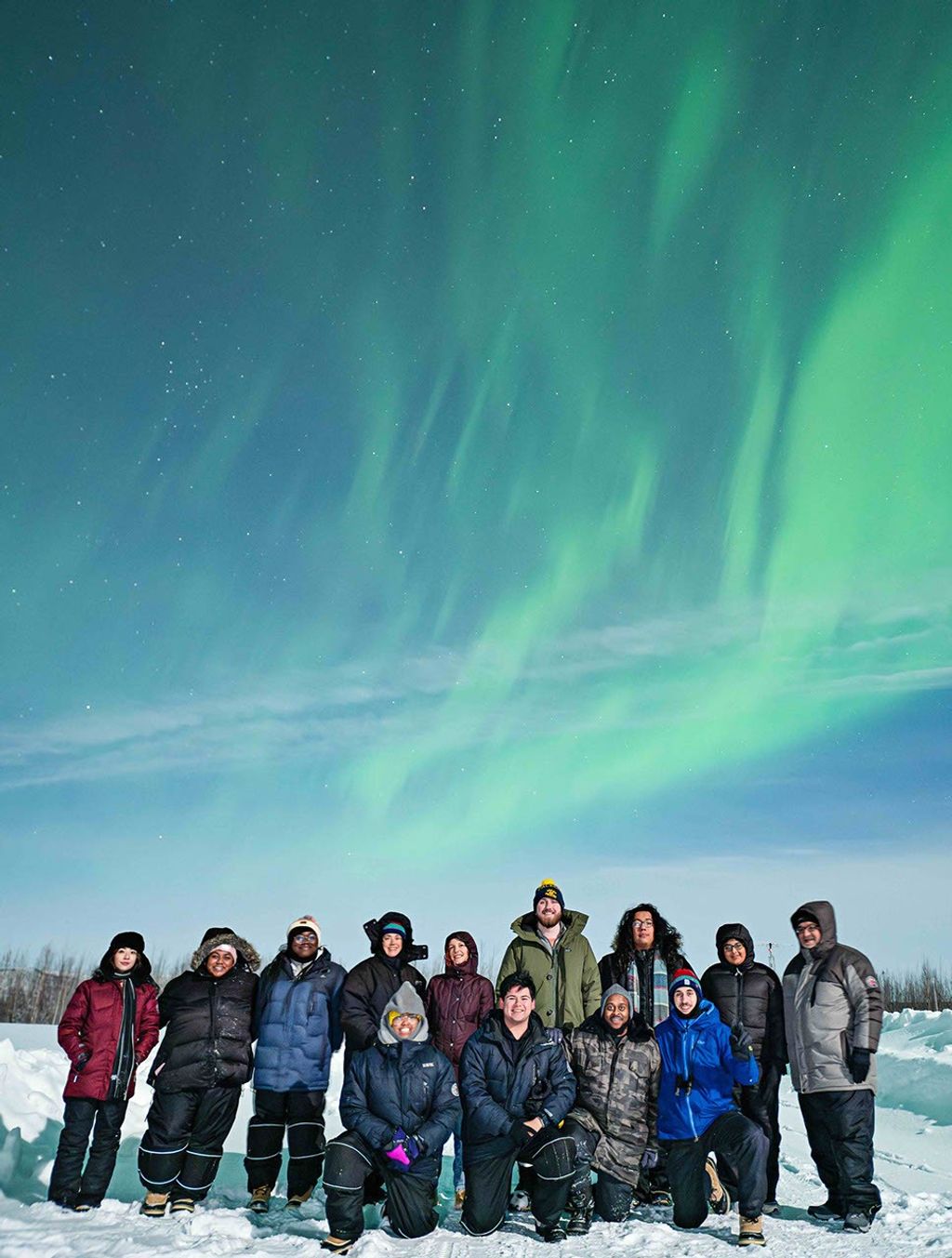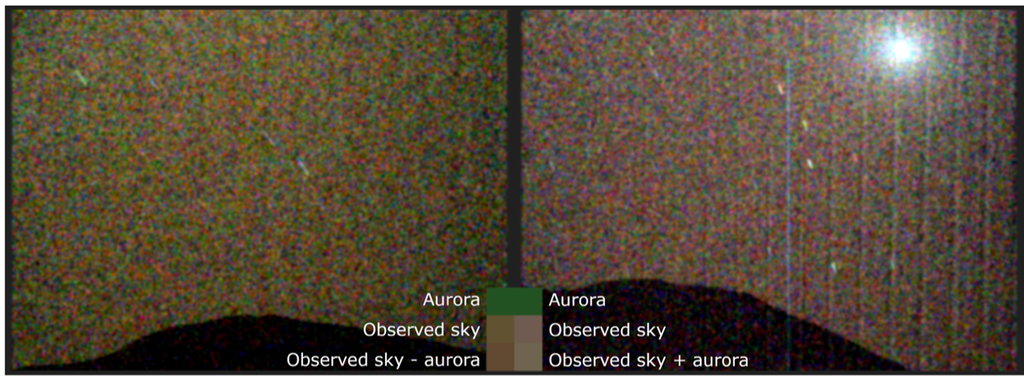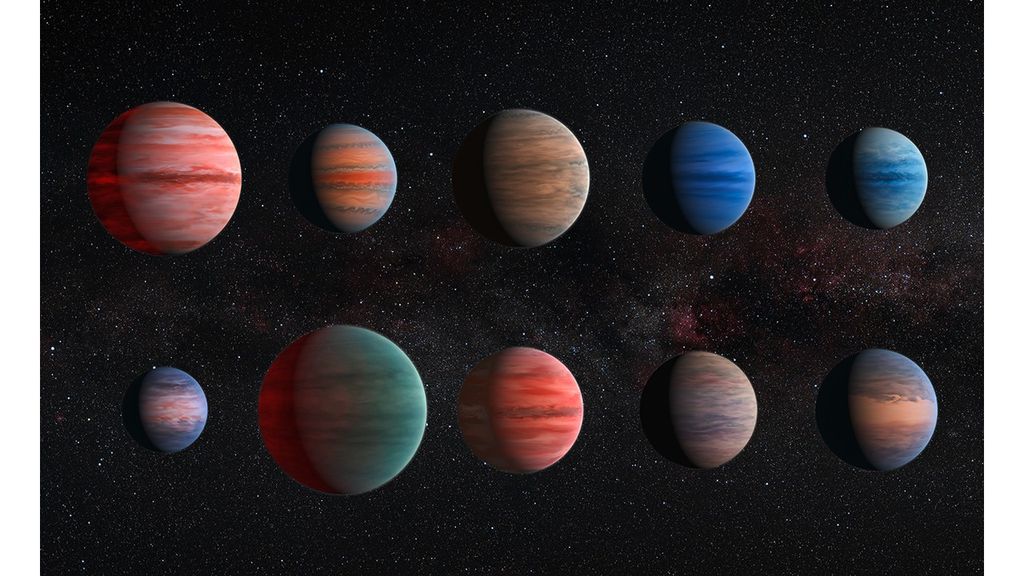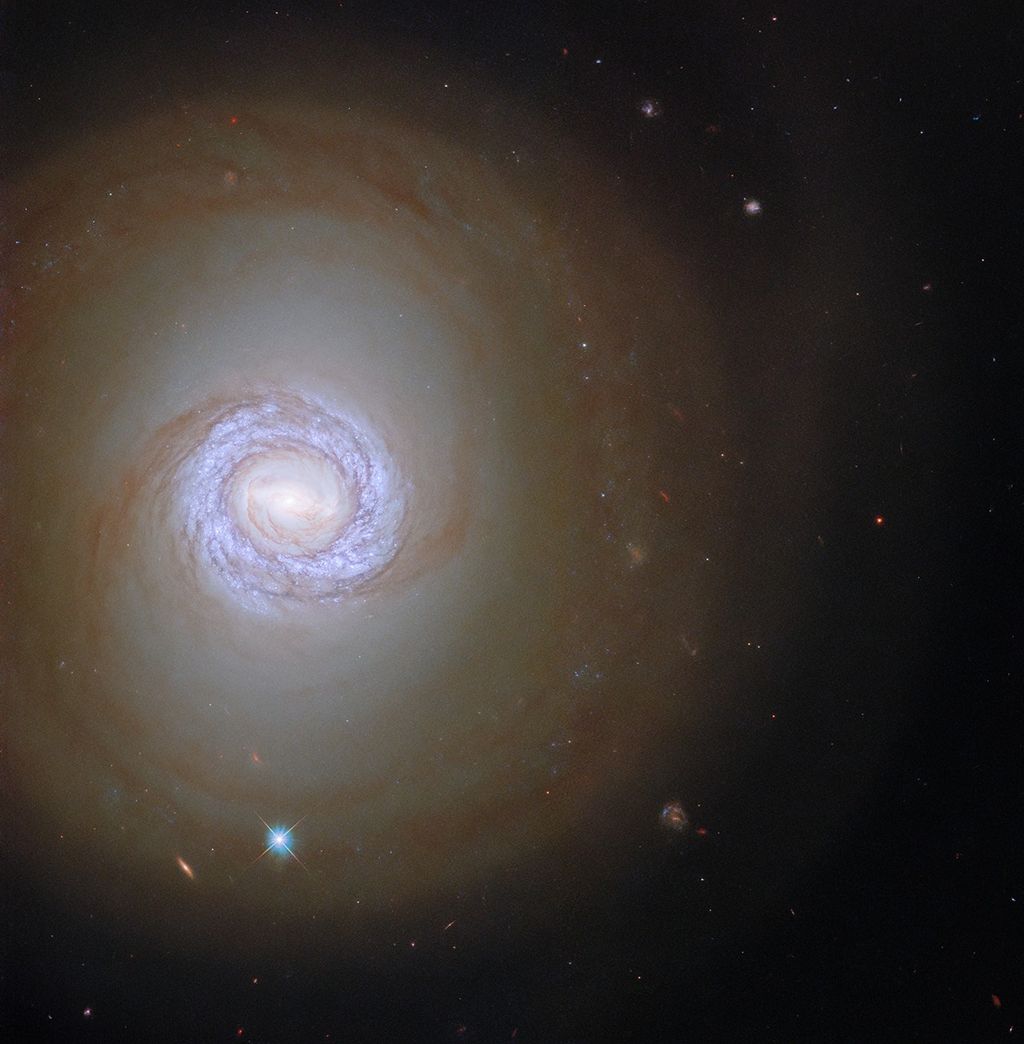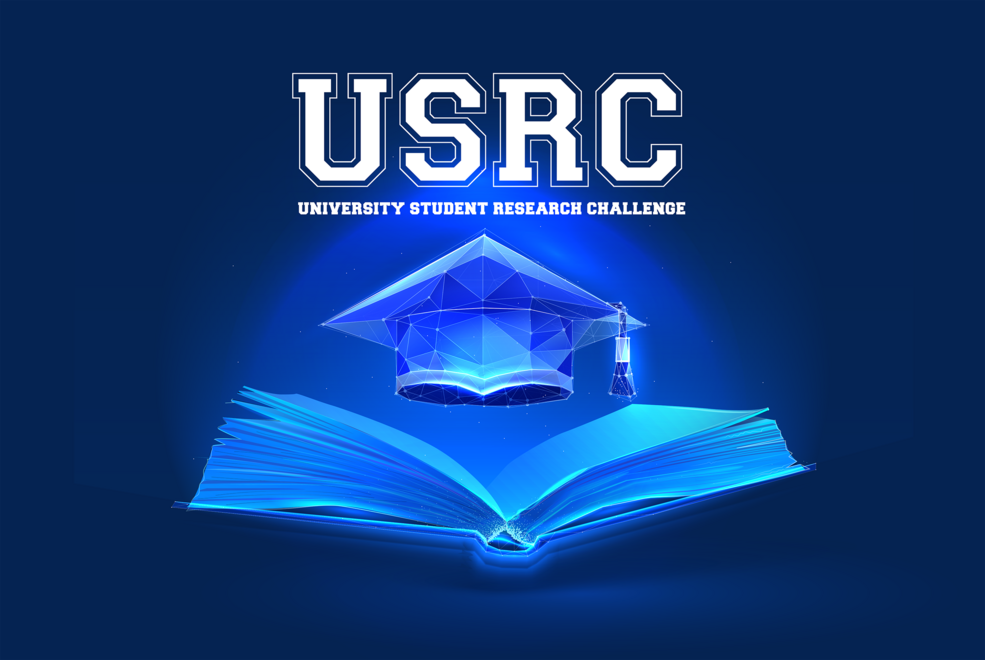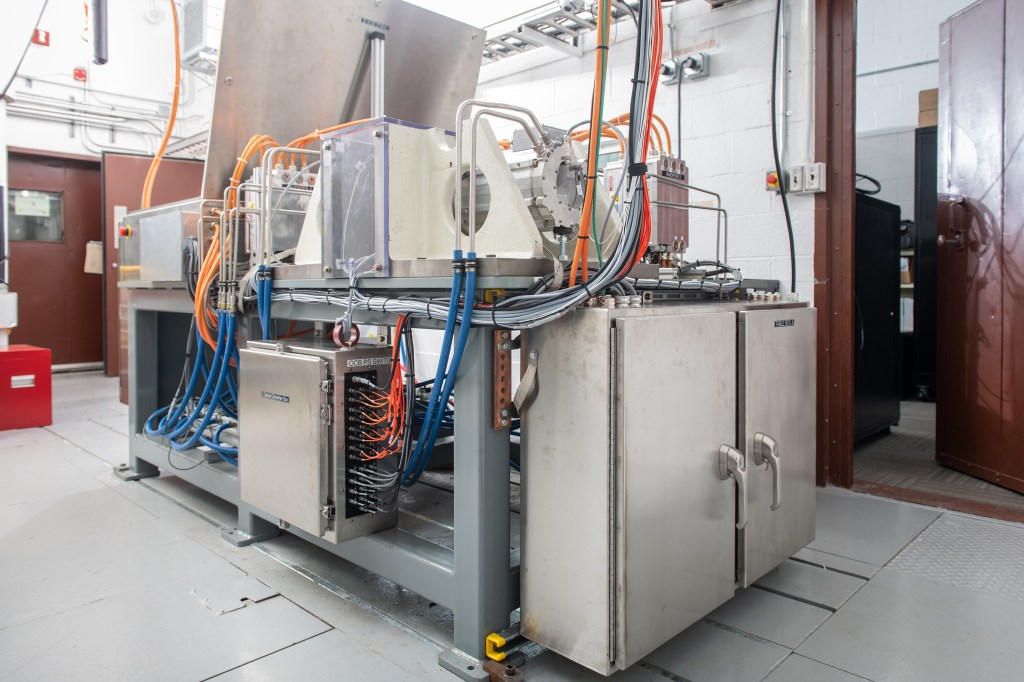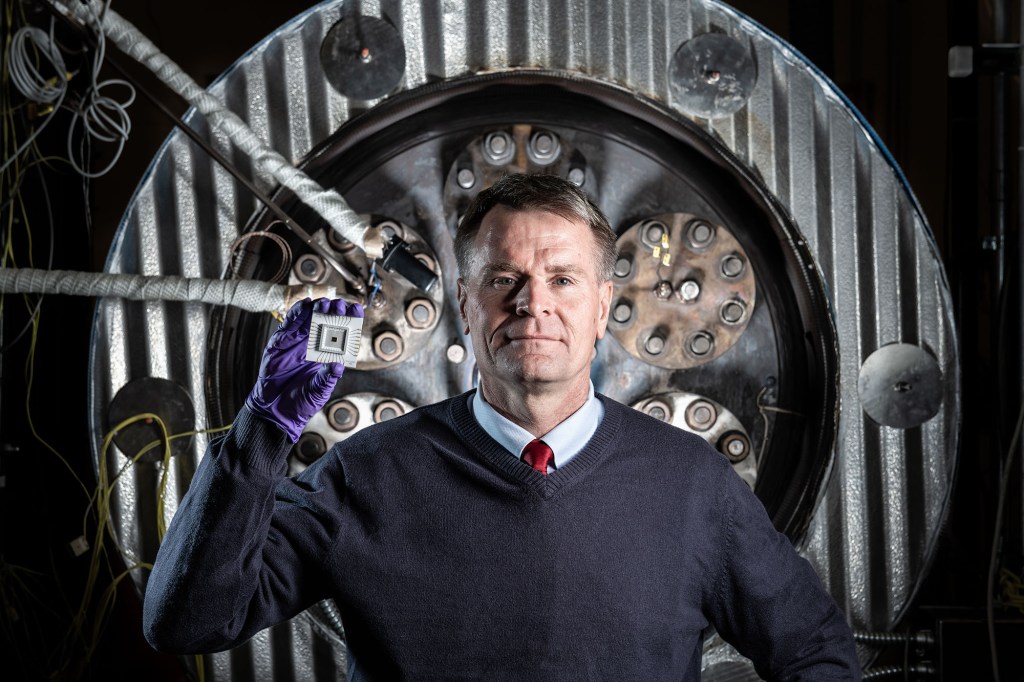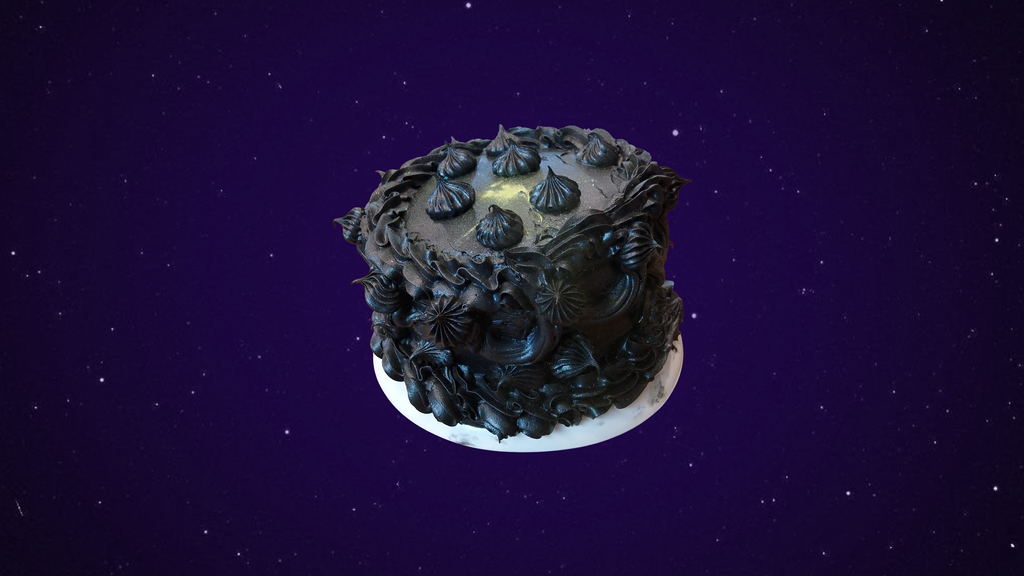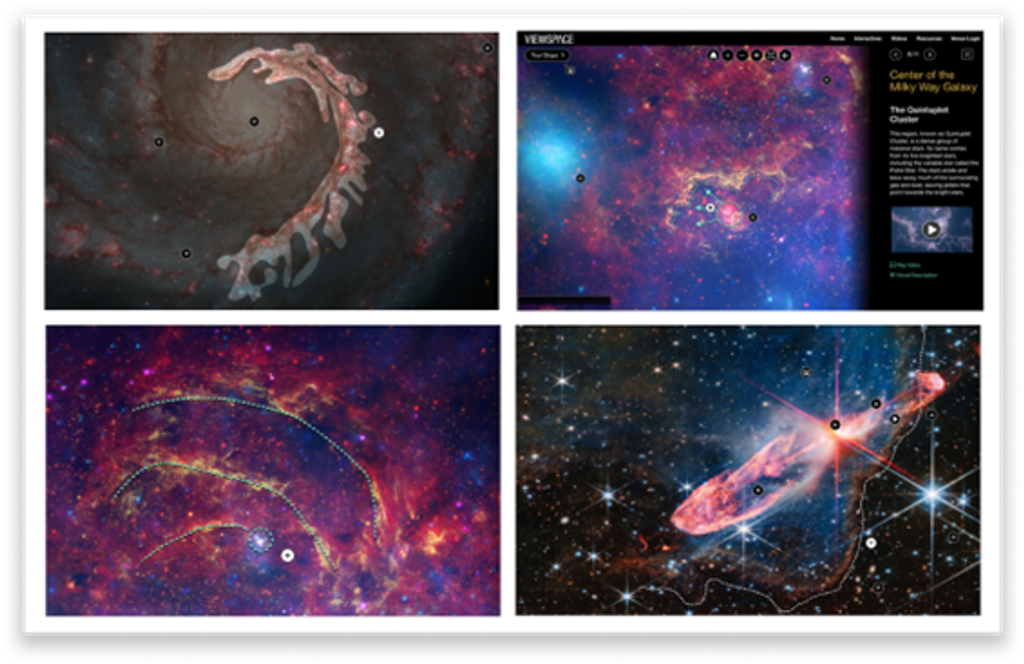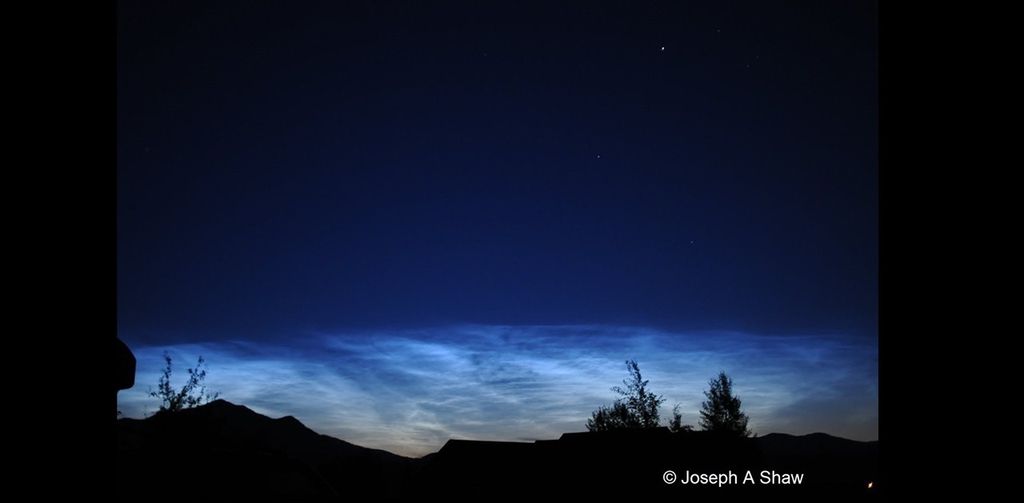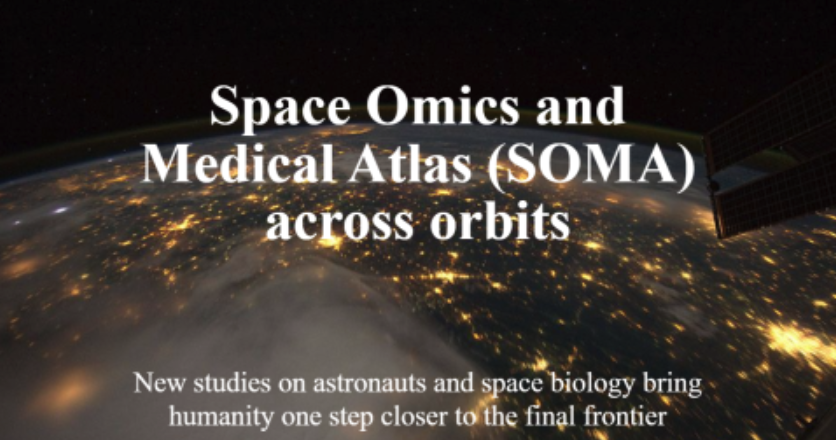GL4HS Students Shine as Co-Authors in Two Nature Publications
GeneLab for High Schools (GL4HS), a summer training program launched in 2017 at NASA Ames Research Center, immerses students in the fields of bioinformatics and space biology. As the program has evolved, it has consistently focused on engaging students in authentic scientific research. This goal is being realized, with students increasingly showcasing their work at prominent conferences like the American Society of Gravitational and Space Research, publishing in the Gravitational and Space Research journal, and contributing to major scientific publications, including the recent Nature Press package of 45 studies.
Notably students from three GL4HS years have contributed to this set of publications. From the 2022 GL4HS cohort—Angela Mo, Alice Finklestein, and Peyton Walton—co-authored the study “Spaceflight alters host-gut microbiota interactions,” published in npj Biofilms and Microbiomes—part of the Space Omics and Medical Atlas (SOMA) Nature Press package of publications. This research, led by scientists from University College Dublin and McGill University, in collaboration with NASA’s Microbes Analysis Working Group (AWG), and GL4HS, uncovered significant changes in the gut microbiome during spaceflight, which could influence the future of long-duration space missions. The students played a pivotal role by re-analyzing the OSD-379 mouse gene expression dataset in the Open Science Data Repository (OSDR), offering critical insights that contributed to the study’s discoveries. Their work helped identify bile acid as a key factor in the host-gut microbiome metabolic dialogue and a new aspect of spaceflight pathology.
From the 2020 and 2021 GL4HS cohorts, four students—Chiara Wernecke, Hari Parthasarathy, Hriday Unadkat, and Mira Chatrathi—made significant contributions to the Communications Medicine study, “Transcriptomics analysis reveals molecular alterations underpinning spaceflight dermatology”, led by Dr Afshin Beheshti and Dr Henry Cope. The study re-analyzed 5 mouse skin gene expression datasets form three different missions. The students played a crucial role by conducting literature mining, performing differential gene expression analysis, and prepared plots for the publication.
The achievements of these students, extending beyond their four-week GL4HS program, underscore the value of immersive training in space biology and bioinformatics in empowering the next generation of scientists to make meaningful contributions to cutting-edge research. Check out both publications now!

